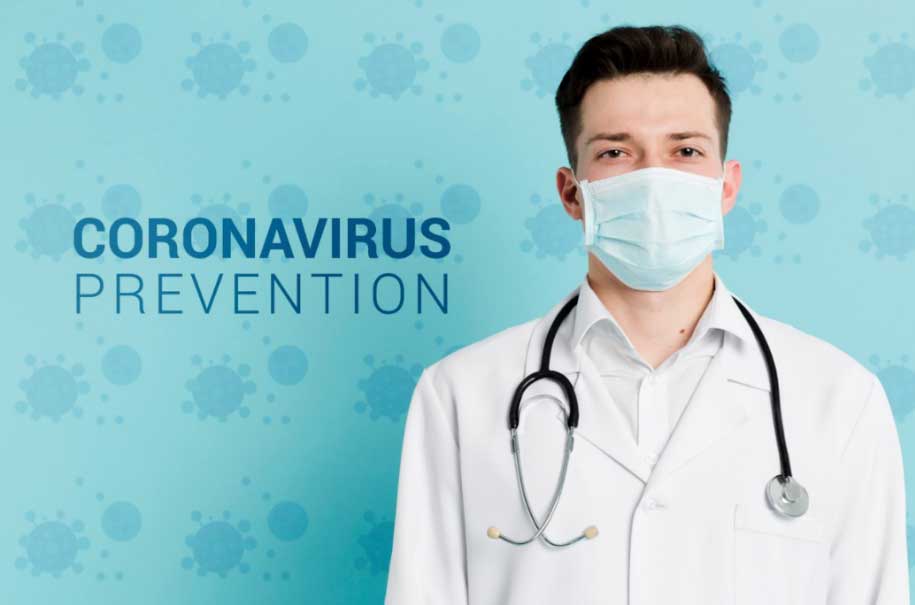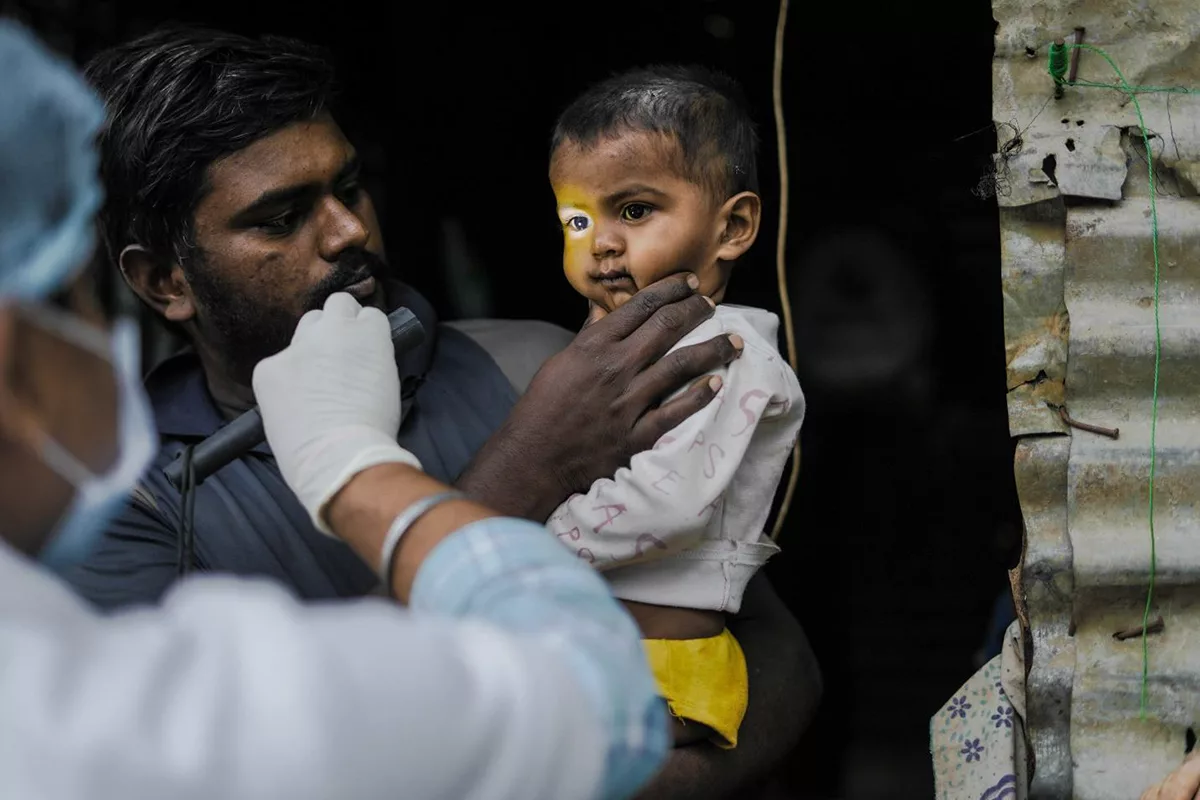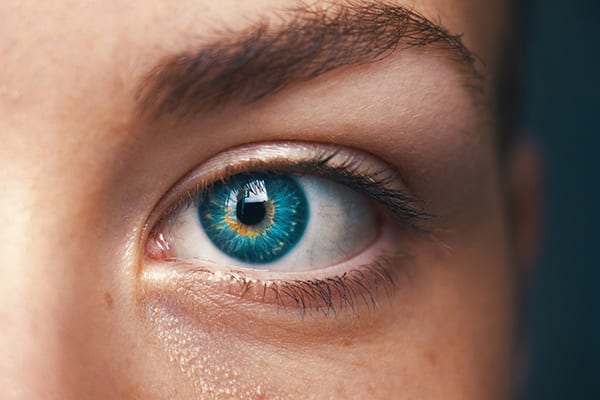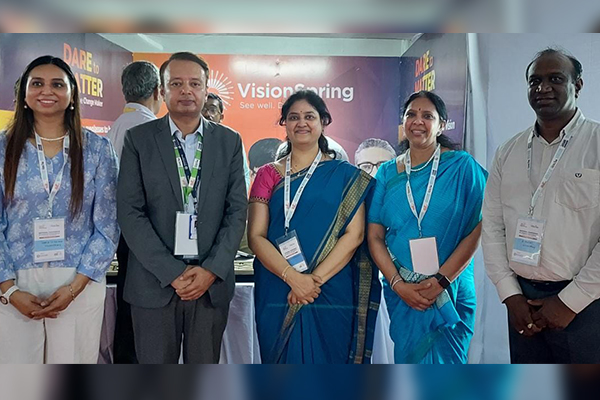It’s too early to assess the impact of pandemic so trying to assess the impact of economic relief would be almost impossible and this situation gives an opportunity of thinking and planning from a long term perspective and way to protect ourselves, others around us and the overall optical / eye care / healthcare industry.
As a severe respiratory syndrome coronavirus-2(SARS-Cov-2), results in corona virus diseases 2019 known as COVID -19, world health organization declared the rapid cases of covid-19 a pandemic on 11th March 2020. The global response to covid-19 has resulted in substantial changes in business and social practices globally. Firstly is most important to review the known structural biology and pathophysiological mechanisms of infection caused by SARS –COV-2. Corona virus is capable of producing a wide spectrum of ocular diseases including anterior segment disease such as conjunctivitis and anterior uveitis and posterior segment conditions like retinitis and optic neuritis. Currently two types of SARS –COV-2 have been detected (L&S). The L form is suspected to be the derived variant of the ancestral S type, which is suggested to be more prevalent, in China (Wuhan) than other places, although its frequency of isolation has decreased since Jan 2020. The virus spreads primarily via person to person contact through respiratory droplets produced when an infected person coughs, sneezes. However it could also spread if people touch an object or surface with virus i.e. fomite presented from an infected person followed by touching mucosal surface such as their mouth, nose or eyes. Giving that over all touch to face and fomite presented from infected person can be avoided when safety measures are strictly implemented on a routine basis.
During Pandemic there will potentially be significant changes in access to local eye care practitioners. However management to adverse events should be retained within optometric systems if possible to minimize the impact of wider healthcare services. When it comes to contact lens wearers further to this optimal CL care continues to remain same as those under normal circumstances. Highly recommend to use daily disposables to promote health and hygiene in CL wearers and cut down on care and regimen of CLs and CL case, solutions etc. It has been observed that we tend to touch our faces at an average rate of 23 times per hour, which means 368 times approximately on an average during 16 waking hours (data sourced from US national library of medicines). A corona virus can enter your body through your mouth and eyes (data source: European center for diseases and prevention control) when an individual is mentally or physically stressed or worried he or she is more likely to touch their face more often than normal condition. During a pandemic situation to maintain social distancing we are in quarantine mode and mostly indoors ,chances are high that we end up touching our face, eyes or mouth more frequently than expected. Most of us are working from home through digital media platforms both youngsters and adults in this current scenario. Which increases chances of developing symptoms of CVS ( computer vision syndrome cases ) as indoor atmosphere is often associated with air conditions . Constant use of digital screens is known to lower the blink rate than usual further causing eye irritation and dry eye problems . This is also putting kids at higher risk of developing myopia or progression of myopia . Thus precautionary measures need to be implemented both indoors and outdoors for every individual during this pandemic situation.
Below are some of the Simple tips and adaptive tools can be utilized while performing day to day activity:
Preventive Measures recommended by world health organization that people clean their hands more frequently to reduce their risk of contracting the virus and avoid touching their face including eyes and mouth with unwashed hands, avoid CL wear if unwell (specifically with any cold or flu symptoms )
– Frequent washing of hands with soap and water for a minimum of 20 seconds specifically when being out to public places or after blowing their nose, coughing or sneezing. If soap and water is unavailable, a sanitizer that contains more than 60% of alcohol is highly recommendable that covers the overall surface of their hands and rubs them together until they feel dry. Avoid contact with touching eyes, face & nose with unwashed hands.
– Disposable hand gloves and face masks to be utilized in outdoors premises while commuting etc and if needed indoors for e.g. health care professionals
– Usage of protective lightweight glasses with (good-quality anti reflection coating & Plano prescription optical lenses) is highly recommended indoors when working in front of digital screens. This shall reduce the irritation caused by rays emitted through screens of digital devices. -Also wearing protective glasses reduces the chances of direct contact of hands and eyes. Let us not forget we are at higher risk of developing dry eye problems due to reduction in normal blinking rate due to the indoor environment and current working pattern leading eye irritation followed by frequent rubbing of eyes. Recommend people to blink frequently to increase tear film stability on cornea and reduce symptoms of dry eye problems . A normal pair of sunglasses shall also help while outdoors as UV protection and this also allows in escaping in direct contact with eyes. In short, recommending Plano prescription glasses or sunglasses as protective measures for indoors and outdoors is a must especially during current time.
– Wristbands that can be adapted as a preventive reminder tool as it buzzes to stop you touching your face. When you bring your hand near your face, it detects it and buzzes to let you know while resulting in the escape of touching your face.
– Hygiene hooks allow you to open the doors without touching the handle in outdoor and indoor premises.
Have personally tried to keep this article very simple and have mentioned a very practical yet adaptable approach for safety measures of both ourselves and our patients or rather any other individual. Any COVID infected case with eye related problem when handled by a practitioner in the clinic he or she needs to sterilize the whole clinic where eye testing was performed including the practitioner himself or herself . Eye testing should be performed after a gap of sterilization process is being done . Thus eye testing should be taken only with prior appointments if any . Please stay tuned for a more detailed clinical version of this article.
*Above article has been written & shared by Ms. Pragatti Kadve-Independent Business Owner & Renowned Optometrist @ Classy Eyes Optics LLC.
Her affiliations with IACLE, BCLA, Saudi Optometric Association, Emirates Ophthalmological Society and World Council of Optometry are a testimony to her credentials. With over 12 extensive years of experience in Optometry & Vision Science, she has been awarded for her contribution to the Healthcare Industry. She was awarded “TOP 100 Healthcare Leaders” at IFAH (International Forum on Advancements in Healthcare.Prior to her role at Classy Eyes Optics LLC, she was associated with esteemed companies like Synergy Vision and Johnson & Johnson Vision Care and others.












